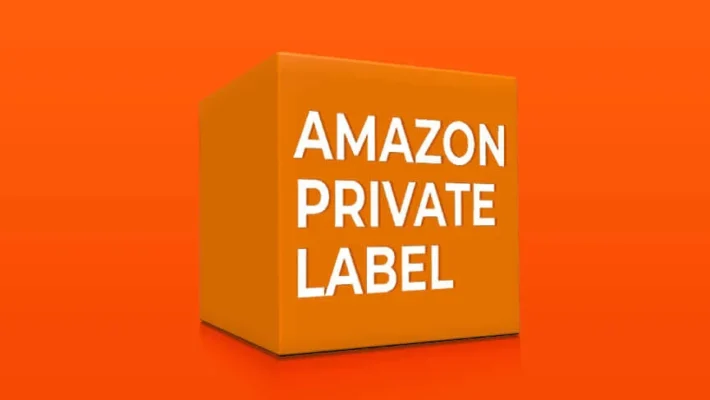
In the bustling world of e-commerce, Private Labeling on Amazon has emerged as a powerful strategy for sellers looking to establish their own unique brand identity. This practice, widely popular on platforms like Amazon, involves selling products under your own brand name, giving you the opportunity to differentiate yourself in a competitive market. In this article, we’ll delve into the intricacies of private labeling, exploring its three distinct levels and uncovering the potential benefits of Amazon Basics.
Three Levels Private Labeling on Amazon
1. Manufactured Private Labeling on Amazon: Tailoring Excellence
At the pinnacle of private labeling lies the Manufactured Private Labeling approach. Here, sellers collaborate with a manufacturer to produce products exclusively for their brand. This bespoke process allows for a high degree of customization, ensuring that the final product aligns perfectly with the brand’s vision.
A shining example of this approach is the globally recognized brand, Anchor. By working closely with manufacturers, they’ve honed their offerings to meet the exacting standards of their customer base. One pivotal aspect of this level of private labeling is the emphasis on studying ratings and reviews. This in-depth analysis grants valuable insights into customer preferences, enabling the brand to refine and enhance their products over time.
2. Branded Private Labeling on Amazon: Elevating Existing Excellence
The Branded Private Labeling strategy involves purchasing high-quality products from a manufacturer and rebranding them under your own label. This approach offers a balance between customization and convenience. Sellers have the flexibility to add logos, tweak labels, or even alter packaging to better align with their brand’s identity.
A prime exemplar in this category is Mira, a brand renowned for its reusable water bottles and accessories. By curating a selection of premium products from trusted manufacturers, Mira has successfully carved out a niche in the market. This level of private labeling empowers sellers to deliver exceptional quality without the need for full-scale production facilities.
3. PLOA (Private Labeling on Amazon): Navigating the Generic Landscape
For sellers seeking a streamlined entry into private labeling, the PLOA (Private Label on Amazon) approach offers a pragmatic solution. Also known as selling generic products, this method involves listing existing products on Amazon under your own listing, without a specific brand attached. While this grants control over the product page and pricing, it may also introduce the challenge of potential resellers, commonly referred to as hijackers.
This approach provides an accessible entry point for entrepreneurs looking to establish a presence on Amazon. However, it’s crucial to employ strategic tactics to safeguard your listings and deter unauthorized resellers from encroaching on your territory.
Unveiling Amazon Basics Private Labeling on Amazon: Simplifying Excellence
In the realm of private labeling, one name looms large—Amazon Basics. This is Amazon’s very own private label brand, offering a range of basic, cost-effective products across various categories. As a seller, you have the unique opportunity to not only leverage Amazon Basics as a source of quality products but also to become an Amazon Basics seller yourself.
Identifying high-demand products within the Amazon Basics catalog can be a game-changer for sellers. By offering a differentiated, higher-quality alternative to these essentials, you can tap into a vast customer base actively seeking reliable options.
Conclusion: Quality as the Cornerstone of Success Private Labeling on Amazon
In the dynamic world of e-commerce, building a reputable brand through private labeling requires a steadfast commitment to quality. Whether you choose the bespoke approach of Manufactured Private Labeling, the curated finesse of Branded Private Labeling, or the accessibility of PLOA, one principle remains constant—customer satisfaction hinges on exceptional product quality.
FAQs:
Q1: How do I protect my PLOA listings from unauthorized resellers? A1: To safeguard your PLOA listings, consider employing strategies like brand registry, utilizing Amazon’s Brand Gating feature, and actively monitoring your listings for any suspicious activity.
Q2: Can I switch between different levels of Private Labeling on Amazon for my brand? A2: Yes, many sellers evolve their private labeling strategy over time based on factors such as market trends, production capabilities, and brand positioning.
Q3: What are some key considerations when selecting a manufacturer for Manufactured Private Labeling? A3: When choosing a manufacturer, factors like production capacity, quality control processes, and communication capabilities should be prioritized to ensure a seamless partnership.
In the end, the art of private labeling is a dynamic journey, one where adaptability and a laser focus on quality serve as your guiding stars. By choosing the right level of private labeling and staying attuned to customer preferences, you have the power to forge a brand that stands the test of time in the ever-evolving e-commerce landscape.
Read our full guide here: Maximizing Profits for New Amazon Sellers: Unlocking the Hidden Potential for Success 2024
